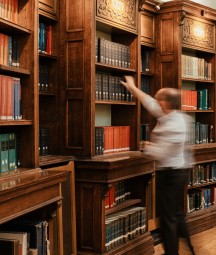National Library of Ireland
1/3
Explore our Collection
Our mission is to collect, protect and make accessible the recorded memory of Ireland.

Help us to grow, protect and share our collections with the world.
Our mission is to collect, protect and make accessible the recorded memory of Ireland.

Help us to grow, protect and share our collections with the world.